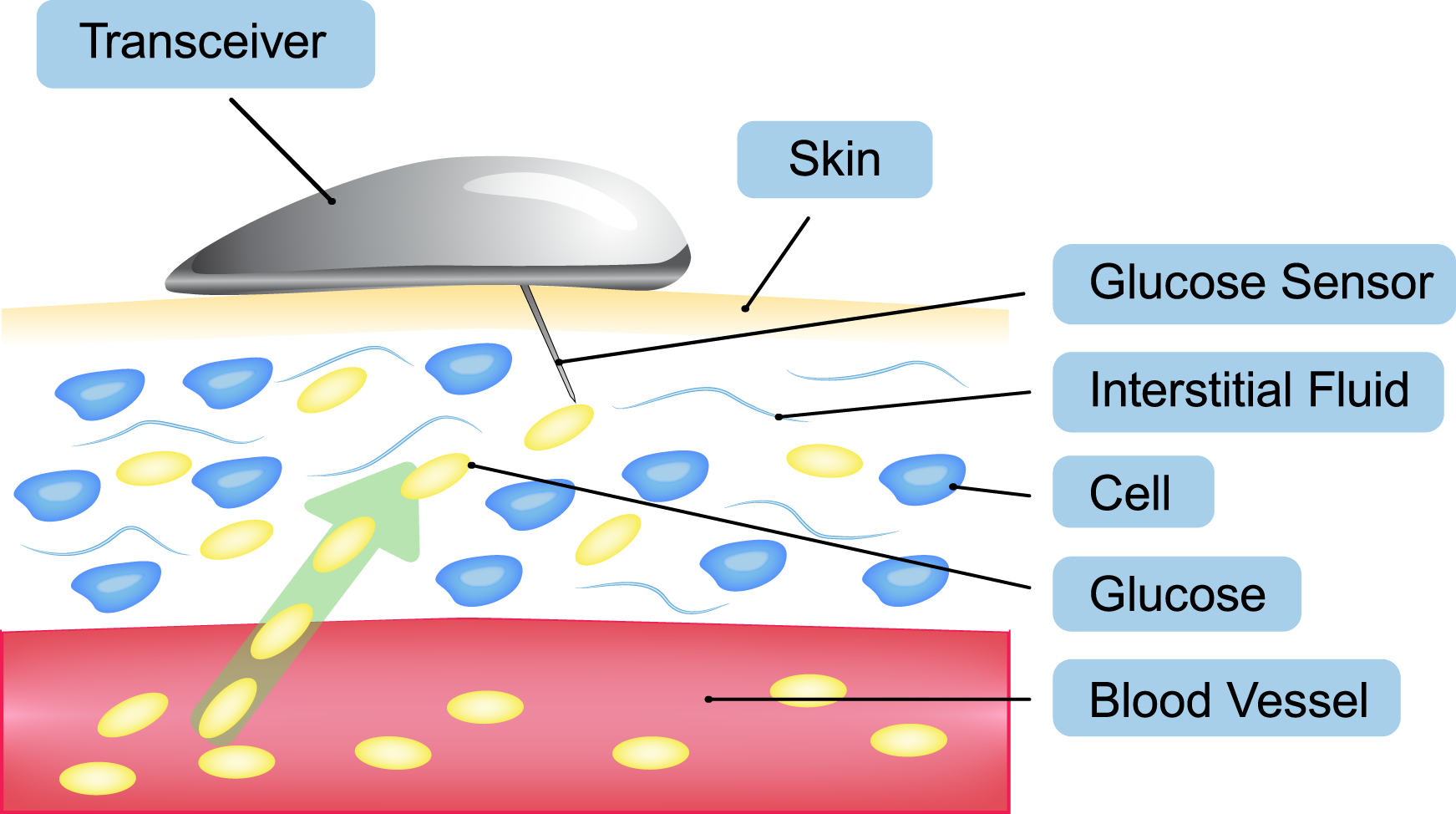Despite great strides in health care, heart disease remains the number one cause of death in the United States. Individuals with diabetes are three times more likely to develop heart disease, heart attack or stroke than someone without diabetes. We at TDE take this very seriously and work with our patients to reduce their cardiac risk. Of course the best approach to healthcare is prevention: maintaining an optimal weight, engaging in regular exercise and enjoying a healthy diet low in saturated fats. However, when cholesterol can’t be controlled with lifestyle changes alone, statins are an excellent option.
Why statins?
Statins such as Lipitor and Crestor have been researched extensively with studies showing a powerful reduction of LDL (bad) cholesterol (20-60%) and more importantly, a significantly reduced risk of heart attack and stroke. Statins reduce production of LDL cholesterol and triglycerides and can increase HDL (healthy) cholesterol levels. Statins have also been shown to have anti-inflammatory properties and may reverse damage from atherosclerosis in some cases. Further studies have suggested a connection between statin use and a decreased risk of developing some forms of dementia as well as improved outcomes in patients with heart failure and cardiac bypass surgery. The American Diabetes Association recommends statins for individuals with known cardiovascular disease, prior heart attack or stroke, high levels of LDL and those with diabetes between the ages of 40 and 75 years.
What is the impact of statins on blood sugar?
The news recently reported the results of a study linking the use of statins to an increased risk of diabetes. This is of course a concern as the goal of statin therapy is to reduce risk. It is true that statins can cause a mild increase in blood sugars in some individuals and bears watching. However, given the cardiac benefits, the American Diabetes Association issued the following statement, “The clear benefits of statins on cardiovascular disease likely outweigh any potential detrimental effects on glucose metabolism and diabetes risk.” A representative from the Food and Drug Administration stated, “Clearly we think that the heart benefit of statins outweighs this small increased risk.”
What about side effects?
Side effects are an important consideration whenever starting a new medication. Studies have suggested that adverse side effects occur less often with statins than with most other classes of cholesterol lowering medications. The most common side effect is muscle soreness. This can be related to the dose of the statin or vary with the type of statin being used. We also follow liver enzymes in patients taking statins as these markers can rise in some people. Most patients tolerate these medications very well and the American Association for Clinical Endocrinologists continues to recommend statins as the preferred treatment for cholesterol reduction. When starting any medication it is important to discuss the risks and benefits with your health care provider.





